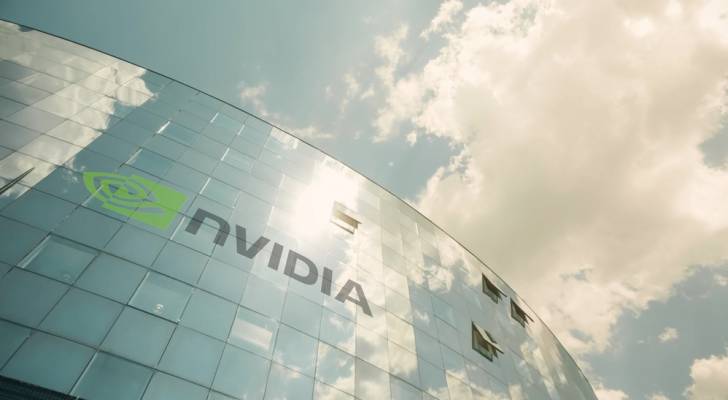
Nvidia Corporation, a titan in the semiconductor industry, has recently experienced significant fluctuations in its market valuation, underscoring the volatile nature of the technology sector. In January 2025, the company faced an unprecedented single-day market capitalization loss of approximately $600 billion, primarily due to emerging competition from Chinese startup DeepSeek. Despite this setback, Nvidia’s strategic initiatives and robust demand for its artificial intelligence (AI)-driven products suggest a resilient trajectory.
The DeepSeek disruption
On January 27, 2025, Nvidia’s stock plummeted by 16.5%, erasing nearly US$277 billion in market capitalization — one of the largest single-day losses in the history of U.S. equity markets. This dramatic decline was triggered by DeepSeek’s announcement of an advanced AI model that operates efficiently with less computing power, challenging Nvidia’s dominance in AI hardware. The market’s reaction was swift, reflecting concerns over Nvidia’s future competitiveness.
Strategic responses and market recovery
In the wake of this disruption, Nvidia has undertaken several strategic measures to reaffirm its market position. The company introduced the Blackwell AI chip, designed to meet the escalating demands of AI applications. However, the stock’s performance remained subdued, trading sideways as investors awaited tangible results from this new offering.
"Despite shipping the Blackwell chip, Nvidia’s stock has been trading sideways, and analysts suggest it might need more than a strong earnings report to rejuvenate momentum," Investor’s Business Daily reported. Since unveiling the new Blackwell GPU architecture in early March 2024, Nvidia’s stock has rebounded modestly. Analysts now expect the Blackwell series — designed to outperform Hopper chips in AI inference workloads — to play a pivotal role in regaining market momentum in the second half of 2025.
Further bolstering its prospects, Nvidia secured a significant contract with South Korea, which announced plans to acquire 10,000 Nvidia GPUs for a national AI computing centre, indicating robust international demand for Nvidia’s products beyond the U.S. tech market. Barron’s highlighted this development, by explaining that "the stock recovery is bolstered by positive developments, such as South Korea’s announcement to acquire 10,000 Nvidia GPUs for a national AI computing center, indicating strong demand beyond U.S. tech companies."
Financial performance and future outlook
Nvidia’s financial metrics reflect its resilience amidst market turbulence. In the third quarter of 2024, the company reported a 109% increase in net income to US$19.3 billion, with quarterly sales rising by 94% year-over-year to US$35.1 billion. In its latest earnings report, Nvidia posted Q4 FY2025 revenue of US$22.1 billion, up 265% year-over-year, with data centre revenue soaring to $18.4 billion — a clear indicator of sustained global demand for AI infrastructure.
The Times reported, "Nvidia, the leading American chipmaker, reported a 109% rise in net income to $19.3 billion for Q3 2024, surpassing analysts’ expectations amidst tremendous AI-driven demand for their chips."
Despite these positive indicators, Nvidia faces challenges, including increased competition and potential regulatory hurdles. The company’s ability to innovate and adapt will be crucial in maintaining its leadership position in the AI hardware market. As the technology landscape evolves, Nvidia’s strategic decisions in product development and market expansion will significantly influence its future performance.
Bottom line
While Nvidia has encountered notable market volatility, its proactive strategies and sustained demand for AI technologies position it well for recovery and growth. Investors and industry observers will keep a close eye on how Nvidia navigates these challenges in the dynamic semiconductor sector.
This article provides information only and should not be construed as advice. It is provided without warranty of any kind.